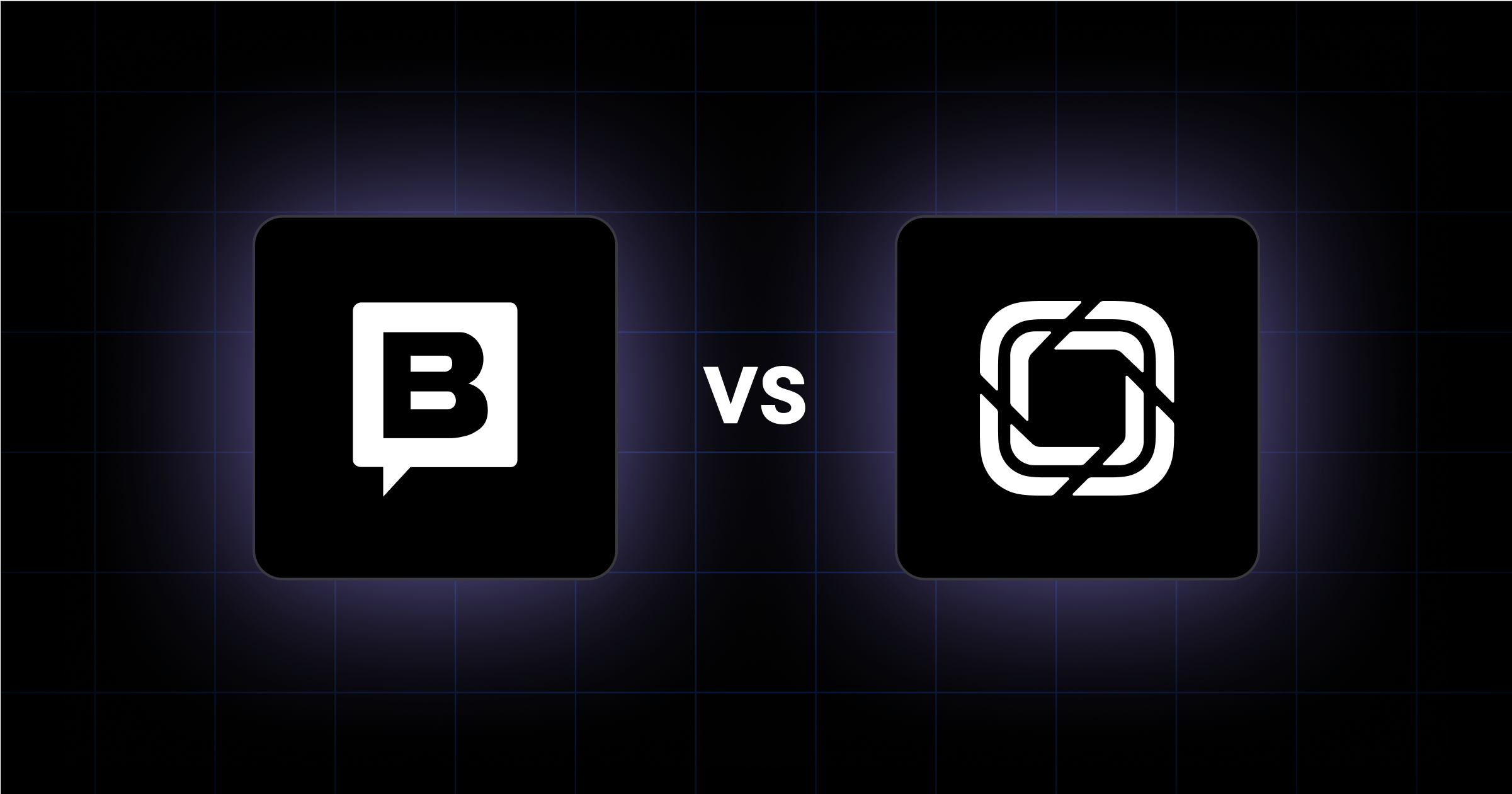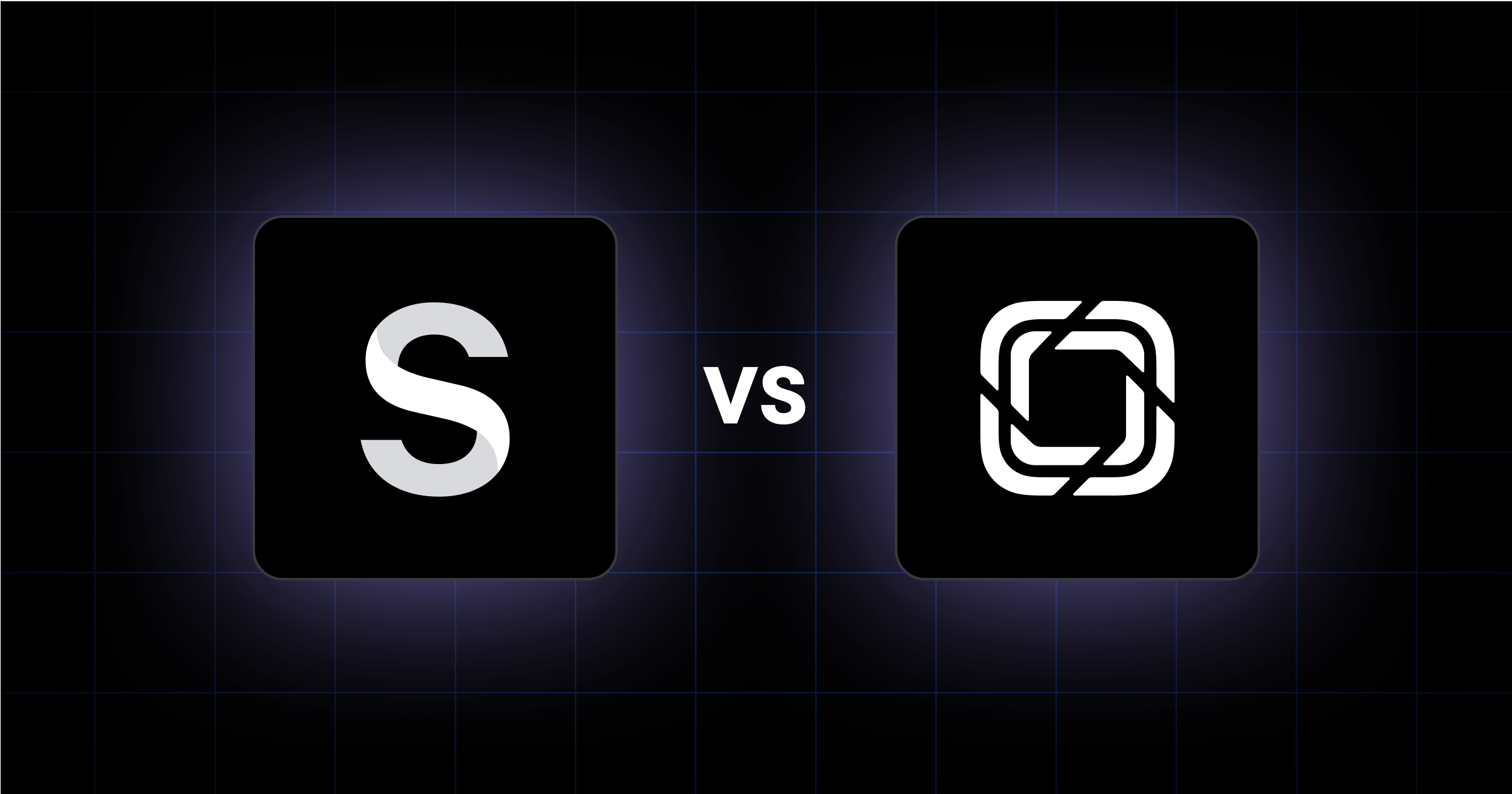As businesses aim to stay competitive in the digital world, AI business headless CMS solutions are changing how we manage and deliver content. Discover how using AI-powered headless CMS platforms can improve your business strategies for scalability, personalization, and growth.
What is AI and Headless CMS?
Artificial Intelligence (AI) and Headless Content Management Systems (CMS) are changing how businesses manage and deliver content, helping you improve your digital presence and stay competitive.
Using Artificial Intelligence in Your Business
AI simulates human intelligence in machines programmed to think and learn. In business, AI automates tasks, analyzes data, and supports better decision-making. It enables:
- Personalization of content and user experiences.
- Automation of routine tasks like content tagging.
- Predictive analytics for better understanding of trends.
Using Headless Content Management Systems
A headless CMS, often referred to as a composable CMS, separates the backend (content repository) from the frontend (presentation layer), allowing content management in one place and delivery across multiple channels. Benefits include:
- Flexibility for developers to choose frontend technologies.
- Easier scaling of content delivery with various enterprise CMS platforms.
- Faster time-to-market.
Understanding AI and headless CMS provides a foundation for improving your content strategies in the modern digital world.
Key AI Technologies That Are Changing Headless CMS
Integrating AI technologies with headless CMS platforms changes content management and delivery.
Enhancing Content Generation with Natural Language Processing
Natural Language Processing (NLP) improves content creation and management within headless CMS. AI tools assist by:
- Generating content drafts: Creating initial drafts and optimizing content for SEO.
- Automating tagging and categorization: Applying relevant tags and categories automatically.
- Enhancing search functionality: Improving content searchability within the CMS.
Using Machine Learning for Predictive Analytics
Machine learning provides insights into content performance. With predictive analytics, you can:
- Forecast content success: Predicting new content performance using historical data.
- Optimize content strategy: Improving underperforming content based on engagement metrics.
- Understand user behavior: Gaining insights into audience interactions across channels.
Enhancing User Experience with AI
AI improves user experiences by personalizing content delivery and creating engaging digital experiences. By using AI, you can:
- Deliver personalized content: Tailoring content to users based on their behavior through website personalization.
- Optimize content across channels: Adjusting content format for various devices.
- Implement intelligent content recommendations: Suggesting relevant content to users.
For example, the Miami Heat basketball team integrated AI with their headless CMS to personalize fan experiences, leading to a 100% sales growth [^1].
[^1]: Contentstack: Miami Heat Case Study
Practical Applications of AI in Headless CMS
Integrating AI with headless CMS platforms offers new options for content management and delivery, enhancing your content management strategy.
Enhancing Content Recommendations with AI
AI analyzes user behavior to deliver personalized content, including interactive content, recommending relevant articles or products based on browsing history and helping to localize content for specific markets. For example, PetCulture uses a headless CMS to provide tailored product suggestions, improving customer engagement.
Automating SEO Optimization with AI
AI tools optimize content for search engines by suggesting keywords and improving meta descriptions, effectively using AI for SEO. Techniques like programmatic SEO can further enhance this process by automating large-scale content optimization. This automation ensures higher search rankings, driving more organic traffic and simplifying the SEO process.
Enhancing Customer Support Systems with AI
AI-powered chatbots integrated into headless CMS platforms provide immediate support, handling common inquiries and offering personalized assistance. Additionally, using AI to create personalized landing pages can boost user engagement and conversions. The Miami Heat basketball team improved fan engagement through personalized content and interactive experiences. Companies are also leveraging AI to enhance SaaS websites, providing superior customer experiences through AI-driven features.
Challenges and Considerations for AI in Headless CMS
When integrating AI into your headless CMS, you may encounter challenges that need attention.
Addressing Data Privacy and Security Concerns
AI-driven personalization relies on user data, raising privacy issues. Ensure strong data protection measures and compliance with data regulations to maintain trust.
Ensuring AI Model Accuracy and Reliability
AI tools assist with content creation but may not always be accurate. Implement review processes for AI-generated content and regularly refine AI models. Additionally, having a solid content migration plan can help manage the transition smoothly.
Balancing Automation with Human Oversight
While AI automates tasks, human oversight is crucial. Use AI to support your team's efforts, reviewing AI-assisted content before publishing.
Conclusion: Maximizing Business Potential with AI and Headless CMS
Integrating AI with a headless CMS enables businesses to deliver personalized content, streamline operations, and gain insights into user behavior. The benefits include:
- Improved Efficiency: Automating tasks allows teams to focus on creativity.
- Enhanced User Experience: Delivering tailored content based on user preferences.
- Scalability: Managing content at scale across various channels and devices.
- Valuable Insights: Using AI-driven analytics to understand content performance.
By implementing a headless CMS enhanced with AI, you can stay competitive, improve your content strategies, and provide engaging experiences for your audience. Using AI and headless CMS together is a smart way to increase efficiency, helping your business lead in the digital world.
Here at Webstacks, we help many companies level up their online presence through next-gen solutions for websites.
If you want to learn more about SEO and structured content, feel free to reach out to us!




